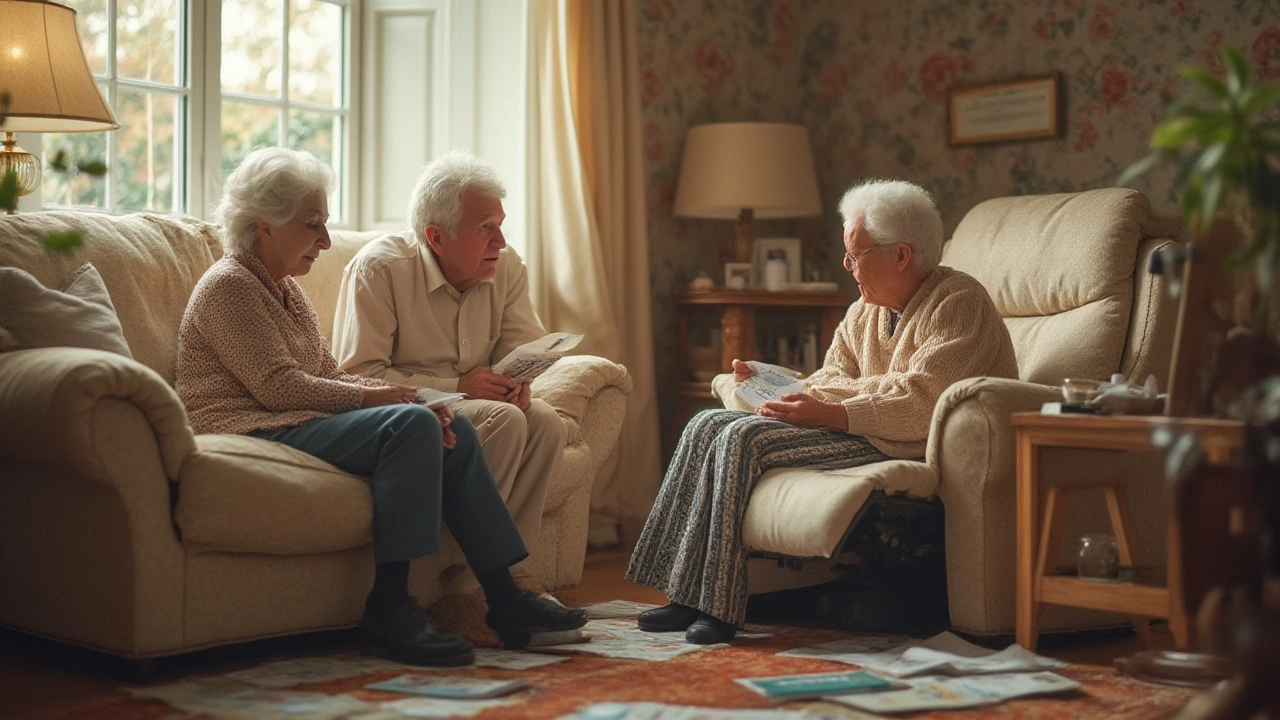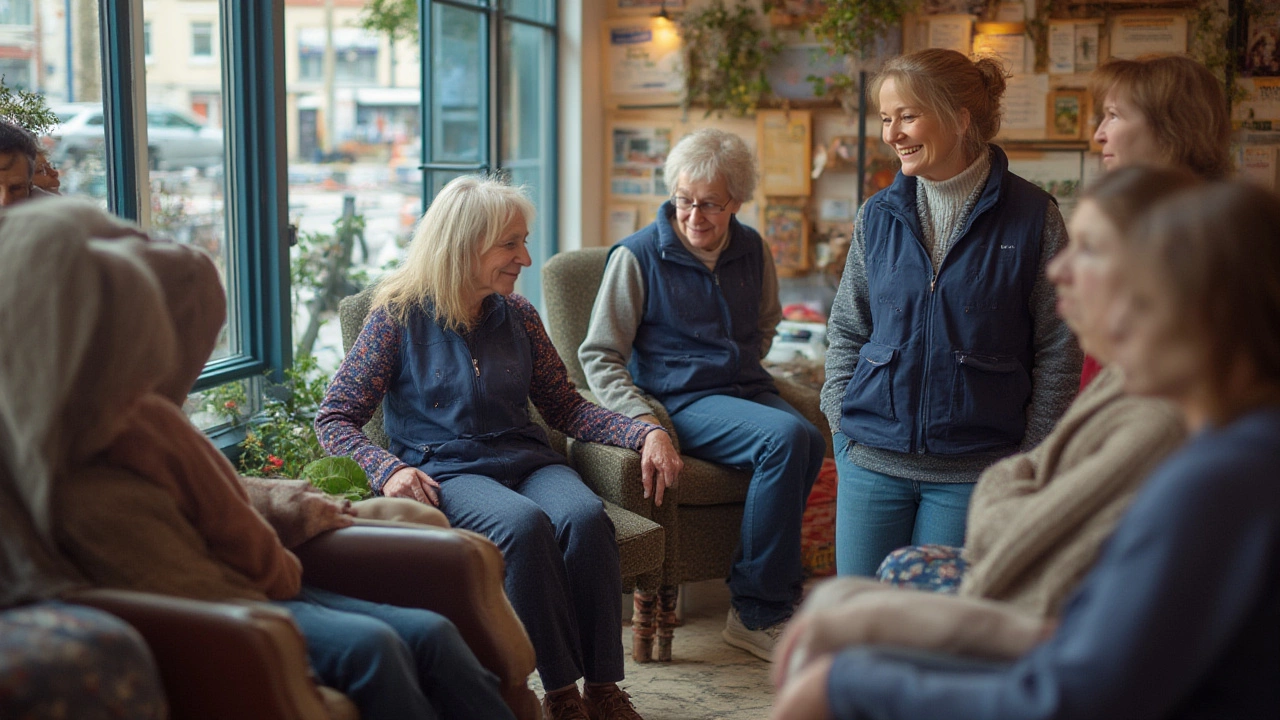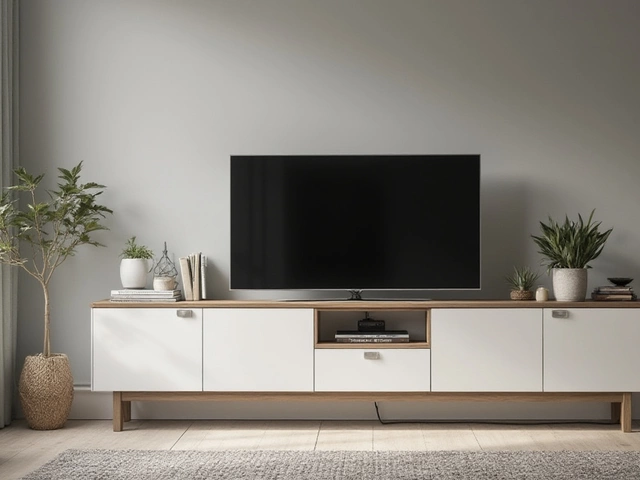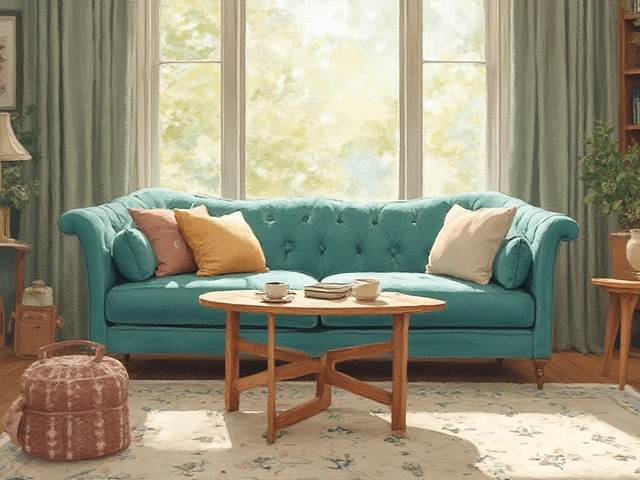 22
Jul,2025
22
Jul,2025
If you’ve ever walked into a furniture store, you know the classic Lazyboy recliner draws your eyes and your wallet. They’ve got that perfect mix of cushy back support and old-school reliability that a lot of chairs can only dream of. But when mobility becomes more than just comfort—when you need a lift chair for health reasons—the price tag quickly jumps. This gets people asking a simple but surprisingly tricky question: is Lazyboy Medicare approved?
What Does “Medicare Approved” Actually Mean?
Let’s cut through the confusion. When people say "Medicare approved," they’re really asking: will Medicare pay for my new Lazyboy recliner if I need it for medical reasons? In Australia, we have Medicare, but for things like household medical equipment, approvals and funding usually fall to things like the NDIS, DVA, or state equipment schemes. In the US, Medicare has specific rules about what it covers, and it’s pretty strict. Even in Australia, you can’t just walk into Harvey Norman with a script and expect a rebate for any comfy chair.
Here’s the actual setup: for a piece of furniture to be covered by Medicare (or the NDIS, or DVA) it usually needs to be classified as durable medical equipment (DME). Recliner chairs in general don’t make the cut. The exception? Lift chairs. These are recliners with a mechanical system to help someone get in and out safely. In the US, only the lift mechanism—not the whole chair—sometimes gets a partial Medicare rebate. In Australia, you’re often looking at an Occupational Therapist assessment, paperwork, and the right kind of supplier.
If a chair is “approved,” it means authorities see it as a medical device, not just furniture. That often involves certification, paperwork showing medical need, and lots of hoops. Regular Lazyboy recliners are usually not on the approved equipment list. Instead, companies that work directly with the health system will have their products registered on schemes like the TGA or specific equipment registries. Sometimes, even if a product is technically approved, there are wait times, copayments, and extra forms. Most retailers selling the average Lazyboy don’t have the links to those programs.
This leaves a lot of people caught between what they want (top-quality comfort) and what’s actually funded by support programs. It’s one of those weird grey areas where comfort doesn’t always equal compliance—and a plush chair isn’t always a medical solution in the eyes of the government.
Are Any Lazyboy Recliners Actually Covered by Medicare?
Let’s get straight to the heart of it: the general line of Lazyboy recliners—those you see advertised everywhere—aren’t covered by Medicare. They’re considered standard household furniture, even if they’re great for naps. You can’t get a rebate for those through Medicare or any similar Australian scheme just on the basis of comfort or age.
There is one exception: lift chairs designed for people with serious mobility limitations may get a look-in. Lazyboy does make medical-style lift recliners (often called electric lift chairs), though they usually target the general furniture market instead of the hospital supply chain. In the US, Medicare covers only the cost of the lifting mechanism inside the chair, not the whole frame, fabric, padding, or delivery. You still have to pay the difference, which often amounts to most of the cost. In Australia, if you’ve got an NDIS plan or funding through the Department of Veterans’ Affairs, you may be able to get approval for a lift chair if it’s prescribed by an OT. Even then, it’s not a sure thing; the chair usually has to be from an officially approved medical equipment provider, not a regular furniture store.
Lazyboy’s website and its major resellers are clear about this. They recommend talking to your provider and checking with your scheme. There are specialty suppliers in Australia, like Aidacare and Independent Living Specialists, that will deal with paperwork and offer approved products. Many of them stock other brands built specifically for medical use, not the standard Lazyboy you’d buy for your lounge.
If you’re thinking about going the subsidy route, always ask for a product code, check with whoever is writing your script, and double-check with your funder before buying anything. Most claims get denied because someone picked a massage or recliner chair that wasn’t on the approved list—frustrating and expensive if you find out too late. If there’s any doubt, call your OT before visiting the showroom. Waiting for approval beats fighting for a refund.

How to Choose a Recliner if You Need Medical Support
Buying a recliner when you need help with mobility feels daunting—almost clinical—compared to picking out a couch because it looks good. If you just buy a chair that feels nice in-store but forget what they’ll fund, you risk a heap of paperwork, or worse, paying out of pocket.
Here’s how to make it easier:
- Ask your treating professional (GP, physio, or OT) whether you qualify for a medical recliner or lift chair. This is crucial—they know the script and the paperwork.
- See if your plan (NDIS or other support) covers Lazyboy or only certain medical equipment suppliers.
- If your support scheme covers part of the cost, get the exact paperwork you need before you shop—and insist on a quote.
- Visit both a regular furniture shop and a dedicated medical equipment supplier. Compare quality, warranties, and delivery times.
- Look for features you actually need: side pockets, smooth recline, easy-clean surfaces, and importantly, an easy-to-use lift mechanism if it’s about mobility.
- Read reviews from real users—there’s nothing like hearing from someone who’s had their chair a year or two, especially about reliability and after-sales support.
- Ask about servicing. Motorised lift chairs have moving parts that can break—will someone service it in your area?
- Check return policies and trial options. Sometimes a chair that feels perfect at the shop becomes an ergonomic nightmare after a week at home.
If funding is denied, look into support groups or second-hand suppliers. There are reputable charities and recycling programs in most Australian cities, including Melbourne, that sometimes have subsidised or gently-used medical recliners for people on a tight budget. It’s worth exploring before dropping retail prices on something you need but can’t quite afford full-price.
Another angle: check your home insurance and local council. Sometimes grants pop up for ageing-in-place renovations, which can include things like recliners or lift chairs for people with new disabilities or recovering from surgeries. It never hurts to ask.
Tips for Getting the Best Value – and Comfort – from Your Chair
Anyone who’s been in a hospital knows just how awful institutional furniture can be. Support doesn’t have to mean sacrificing your sense of home. Here are my tried-and-tested tips if you want lasting comfort without wasting money on the wrong chair.
- Test chairs in person. Sit for at least 20 minutes to see how it feels on your back and legs. Take shoes off if you’ll be barefoot at home. Don’t let sales staff rush you.
- Measure your space. Recliners need room to tilt—but don’t forget to check doorways and hallways if you’re getting one delivered.
- Consider fabric options: real leather lasts longest but costs more and gets hot. Microsuede is easier to clean if spills happen (and they will).
- If you live with pets, ask about scratch-resistant or fur-repellent finishes.
- Look for a model with battery backup if you rely on the lift mechanism—Australia’s power blackouts happen, and you don’t want to be stuck halfway up.
- If you have heart or circulation problems, make sure the recliner has smooth transitions and a zero-gravity option—some medical models do, but the standard Lazyboy range may not.
- Ask about trial periods. Even a week at home is enough to know if you made the right choice.
- See if they’ll throw in delivery or setup for free—it doesn’t hurt to haggle, especially at big-name retailers.
Finally: document everything. If you’re seeking reimbursement, keep your scripts, quotes, receipts, and any back-and-forth emails with suppliers. If something goes sideways, a paper trail makes it way easier to sort out. Take photos during delivery, too. You’d be surprised how many claims hinge on proving what arrived or didn’t.
If you’ve crossed your fingers hoping your next recliner will get the Medicare stamp of approval and save your wallet, don’t hold your breath for the classic Lazyboy. But dig a little, get good advice, and you might find help for a lift chair when you need it. Your best bet is to seek dedicated medical suppliers, get a pro in your corner, and always double check those lists before biting the bullet at checkout.




